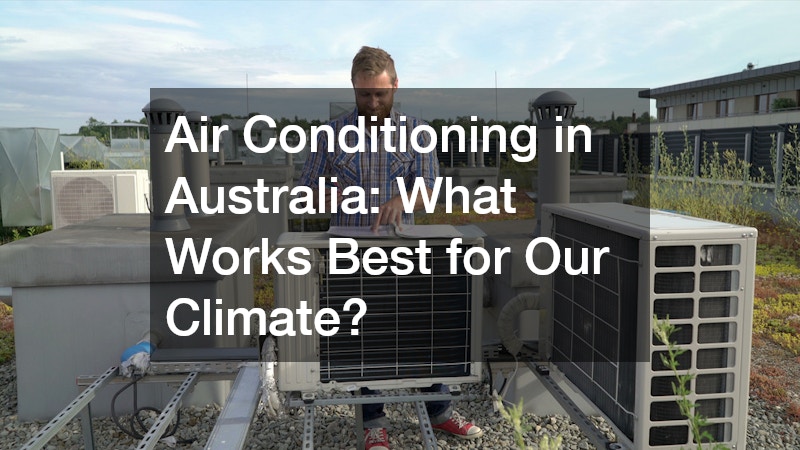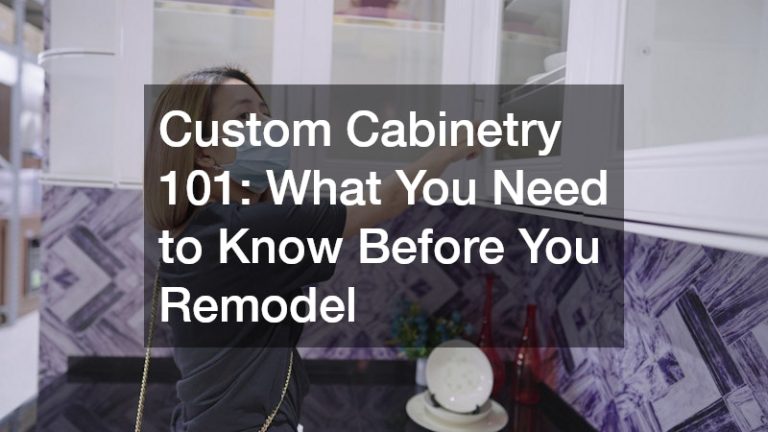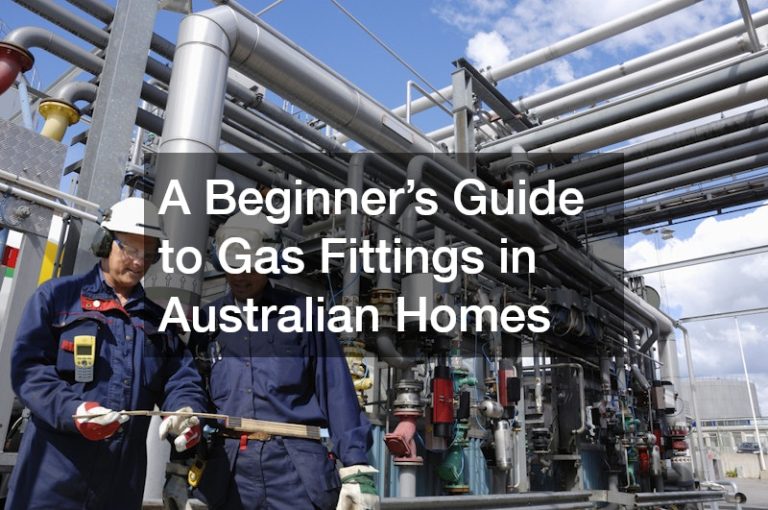Air Conditioning in Australia What Works Best for Our Climate?
Australia’s diverse climate—from the dry heat of the outback to the humid tropics and chilly southern winters—makes finding the right cooling system essential for comfort and energy efficiency. Choosing the most suitable air conditioning system depends not just on where you live, but how you live. A tailored approach ensures both relief from extreme temperatures and smart use of energy and resources.
Understanding Australia’s Climate Zones
Australia has multiple climate zones, broadly categorised into tropical, subtropical, desert, temperate and alpine regions. Each zone experiences distinct seasonal patterns and temperature ranges. For instance, Darwin’s tropical climate demands year-round cooling, while Tasmania’s temperate climate might only need seasonal use. In central Australia, dry desert heat requires powerful cooling systems, whereas coastal cities like Sydney and Brisbane face humidity as well as heat.
This climatic variation makes a one-size-fits-all solution ineffective. Instead, Australians need air cooler options that align with their local conditions, property type and usage needs.
Best Air Conditioner Options by Climate
1. Split Systems for Urban and Coastal Areas
Split system air conditioners are a popular choice in Australia’s urban centres and coastal regions. These systems are energy-efficient, relatively affordable and ideal for cooling individual rooms or small homes. Reverse-cycle split systems are especially useful in cities like Melbourne or Canberra, where winters can be cold. They provide both heating and cooling, eliminating the need for separate systems.
For humid climates, models with built-in dehumidifiers offer added comfort. Some high-efficiency split systems also include smart controls that adjust temperatures automatically based on external weather, helping to reduce power bills.
2. Ducted Systems for Larger Homes or Multiple Rooms
Ducted air conditioning systems are perfect for larger homes, especially in areas that experience extreme temperatures, such as Adelaide or Perth. These systems can heat or cool an entire house through vents installed in each room, controlled by a central thermostat. Zoning capabilities allow different parts of the home to be cooled as needed, improving energy efficiency.
Though more expensive upfront, ducted systems offer long-term value, particularly in households that run air conditioners frequently. They also maintain a clean aesthetic since the main unit is typically hidden in the roof space.
3. Evaporative Coolers for Dry Inland Regions
Inland areas such as Alice Springs or Broken Hill benefit from evaporative cooling systems. These units work by drawing hot air through water-soaked pads, cooling and humidifying the air before it circulates indoors. Because they rely on the natural evaporation process, they are energy-efficient and ideal for dry climates.
However, evaporative coolers are less effective in humid areas and require access to a good water supply. They also need regular maintenance to prevent mould and bacterial growth in the pads.
4. Portable and Window Units for Temporary or Smaller Spaces
For renters, students or those needing cooling for a small area, portable or window air conditioners offer a flexible and cost-effective solution. These units are easy to install and move between rooms. While they are less powerful and often noisier than fixed systems, they still provide quick relief during heat waves or summer months.
Some newer models now include inverter technology for improved energy use and remote control via mobile apps, making them more attractive than traditional versions.
Energy Efficiency & Environmental Considerations
Australia’s energy standards for air cooling systems are among the most stringent in the world. The Energy Rating Label helps consumers compare the efficiency of different models, while the Zoned Energy Rating Label (ZERL) provides specific data based on regional climate.
Opting for an energy-efficient model not only cuts electricity costs but also reduces environmental impact. Look for units with a high Seasonal Energy Efficiency Ratio (SEER) and smart features like motion sensors or timers. Solar-compatible systems are another sustainable option, especially in sunny regions with high solar panel uptake.
Regular maintenance is equally important. Dirty filters and blocked ducts force systems to work harder, consuming more energy and shortening their lifespan. Annual servicing before the peak season ensures your air cooler performs optimally when it matters most.
Tailoring Your Cooling Strategy

The best approach to air coolers in Australia is one that considers both climate and lifestyle. Homeowners in Brisbane might prioritise humidity control, while those in Hobart may focus on heating options. Rural residents may look for off-grid or solar-powered systems to avoid high electricity costs.
For maximum comfort, Australians should think beyond the unit itself. Insulating the home, sealing gaps, installing ceiling fans and using curtains or blinds can all help reduce heat load. These simple steps make air conditioners more effective and economical.
Given Australia’s vast and varied climate, there’s no universal answer to which air conditioning system works best. However, by choosing a model suited to your local weather, home size and lifestyle, you can ensure comfort year-round while keeping your energy bills in check.






